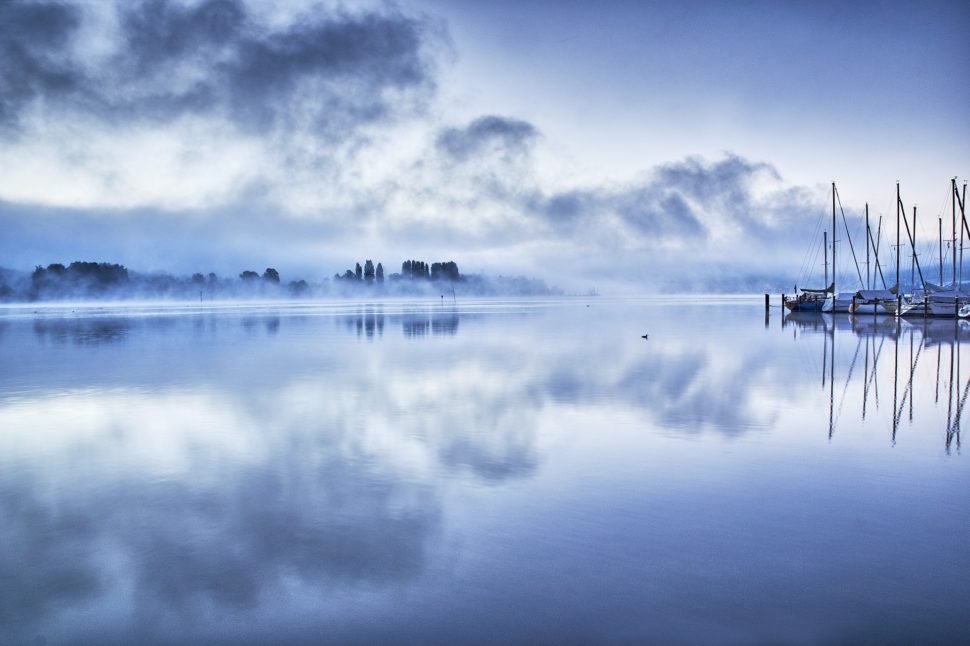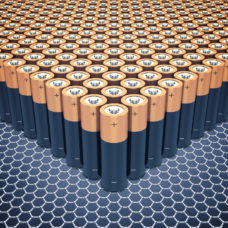Smart cities are all the rage, but could floating cities on the sea provide even more innovation and freedom? Edgy Labs covers Blue Frontiers’ Floating Island Project.
By now, you’ve probably heard of prototype smart cities popping up across the world. Dubai, Toronto, Saudia Arabia, and Nevada have all boasted plans for uniquely high-tech living spaces. However, each of these programs will be limited in their own way by the governments that control their land holdings.
No Land – No Conflict
Over the years, the core idea behind seasteading — that a floating city in international waters might give people a chance to redesign society and government — steadily attracted more adherents. In 2011, Mr. Quirk, an author, was at Burning Man when he first heard about seasteading. He was intrigued by the idea and spent the next year learning about the concept.
For Mr. Quirk, Burning Man, where innovators gather, was not just his introduction to seasteading. It was a model for the kind of society that seasteading might enable. “Anyone who goes to Burning Man multiple times become fascinated by the way that rules don’t observe their usual parameters,” he told The New York Times.
It is, in their minds, an opportunity to rewrite the rules that govern society. “Governments just don’t get better,” Mr. Quirk said. “They’re stuck in previous centuries. That’s because land incentivizes a violent monopoly to control it.”

Blue Frontiers’ Floating City
Mr. Quirk and his team are focusing on their Floating Island Project in French Polynesia. The government is creating what is effectively a special economic zone for the Seasteading Institute to experiment in and has offered 100 acres of beachfront where the group can operate.
Mr. Quirk and his collaborators created a new company, Blue Frontiers, which will build and operate the floating islands in French Polynesia. The goal is to build about a dozen structures by 2020, including homes, hotels, offices, and restaurants, at a cost of about $60 million. To fund the construction, the team is working on an initial coin offering. If all goes as planned, the structures will feature living roofs, use local wood, bamboo and coconut fiber, and recycled metal and plastic.
“I want to see floating cities by 2050, thousands of them hopefully, each of them offering different ways of governance,” Mr. Quirk said. “The more people moving among them, the more choices we’ll have and the more likely it is we can have peace, prosperity, and innovation.”

Floating Cities on the Sea: What About Water?
Whenever you discuss floating cities on the sea, it’s hard to avoid cliche Waterworld references. However, the question of potable water is still a valid question for these living spaces.
Today, 80% of the world’s wastewater is discharged without treatment. It’s unlikely floating cities on the sea–where drinkable water might be scarce–will be able to afford such waste.
But, if floating buildings are able to capitalize on innovative water treatment technologies, they might just be able to not only function but could become model green communities.
Possible applications include water desalination projects like those carried out by the San Antonio Water System (SAWS) and MIT’s new device designed to collect water straight from ambient air using only solar power. In addition, smart structure design like “cool roofs” could stabilize ambient air temperatures – saving the amount of water needed to sustain crops.



















Comments (0)
Most Recent